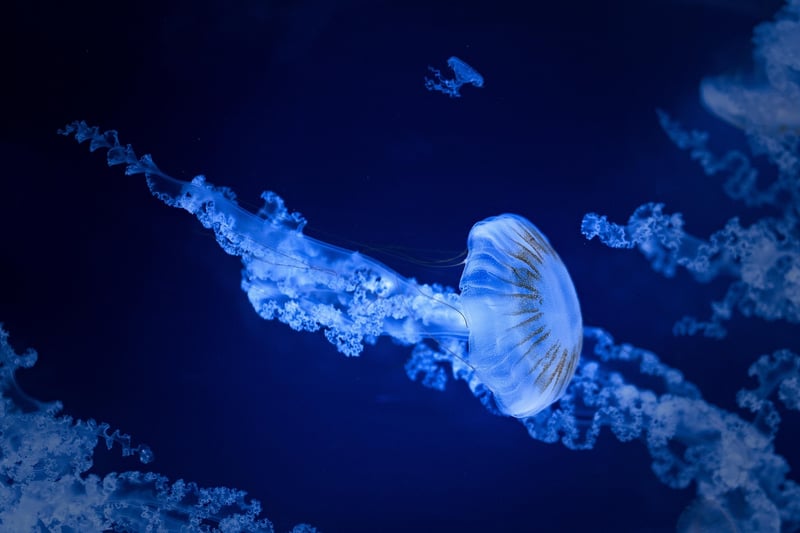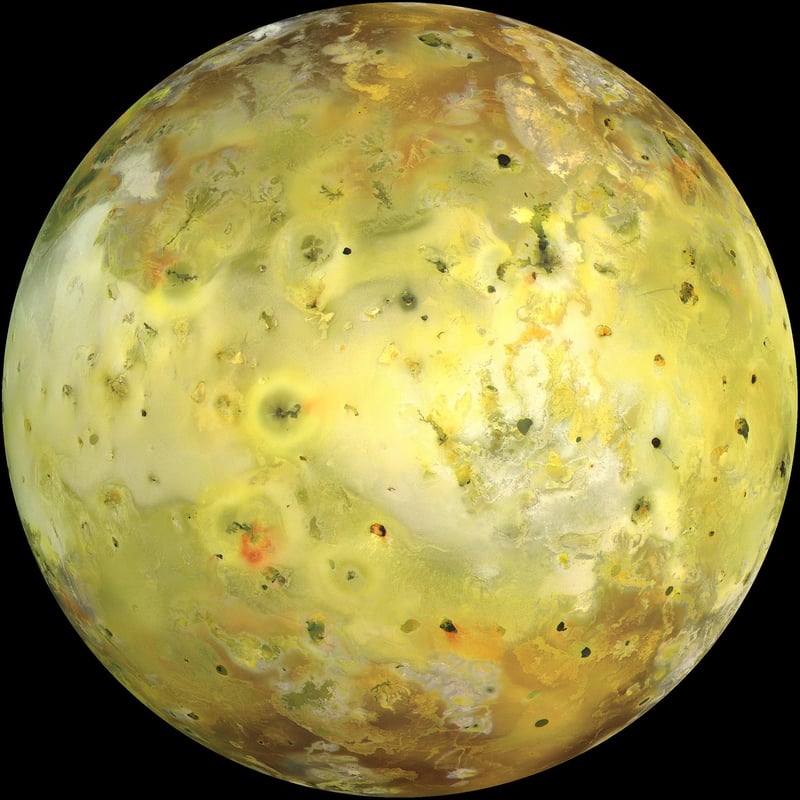Extreme Environments
The Quest for Extraterrestrial Life in Extreme Environments
Exploring the possibility of extraterrestrial life has always been a topic of fascination for humans. Scientists have been searching for signs of life beyond Earth, not just in habitable zones but also in extreme environments that were once thought to be inhospitable.
Extreme Environments on Earth
Before venturing into space, researchers have been studying extreme environments on Earth that mimic conditions found on other planets. Places like the Atacama Desert, Antarctica, deep-sea hydrothermal vents, and acidic hot springs serve as analogs for extraterrestrial environments.
Atacama Desert

The Atacama Desert in Chile is one of the driest places on Earth, with some regions receiving less than 1 millimeter of rainfall per year. Despite the arid conditions, microbial life has been found in the soil and salt flats, giving hope for finding life on Mars, which shares similarities with the desert.
Deep-Sea Hydrothermal Vents

Deep-sea hydrothermal vents, located on the ocean floor, are extreme environments where high temperatures, pressure, and unique chemical compositions exist. Yet, these vents support thriving ecosystems of organisms adapted to these harsh conditions, hinting at the possibility of life existing in extreme environments elsewhere.
The Search for Extraterrestrial Life
With advancements in technology, scientists are now able to explore Mars, Europa, Enceladus, and other celestial bodies for signs of life. The presence of water, organic molecules, and energy sources in these environments raises the hope of discovering microbial life or its remnants.
Mars

Mars, often referred to as the "Red Planet," has been a prime target for astrobiologists due to its similarities with Earth's past environments. Recent missions have provided evidence of ancient lakes, rivers, and potentially habitable conditions, fueling the belief that microbial life may have existed on Mars.
Europa

Europa, one of Jupiter's moons, has a subsurface ocean beneath its icy crust. The presence of hydrothermal vents and organic molecules in this ocean raises the possibility of habitable conditions for microbial life, making Europa a fascinating target for future exploration.
Conclusion
The search for extraterrestrial life in extreme environments continues to captivate scientists and the public alike. By studying extreme environments on Earth and exploring celestial bodies in our solar system, we hope to unravel the mysteries of life beyond our planet and potentially discover new forms of life in the vast universe.
